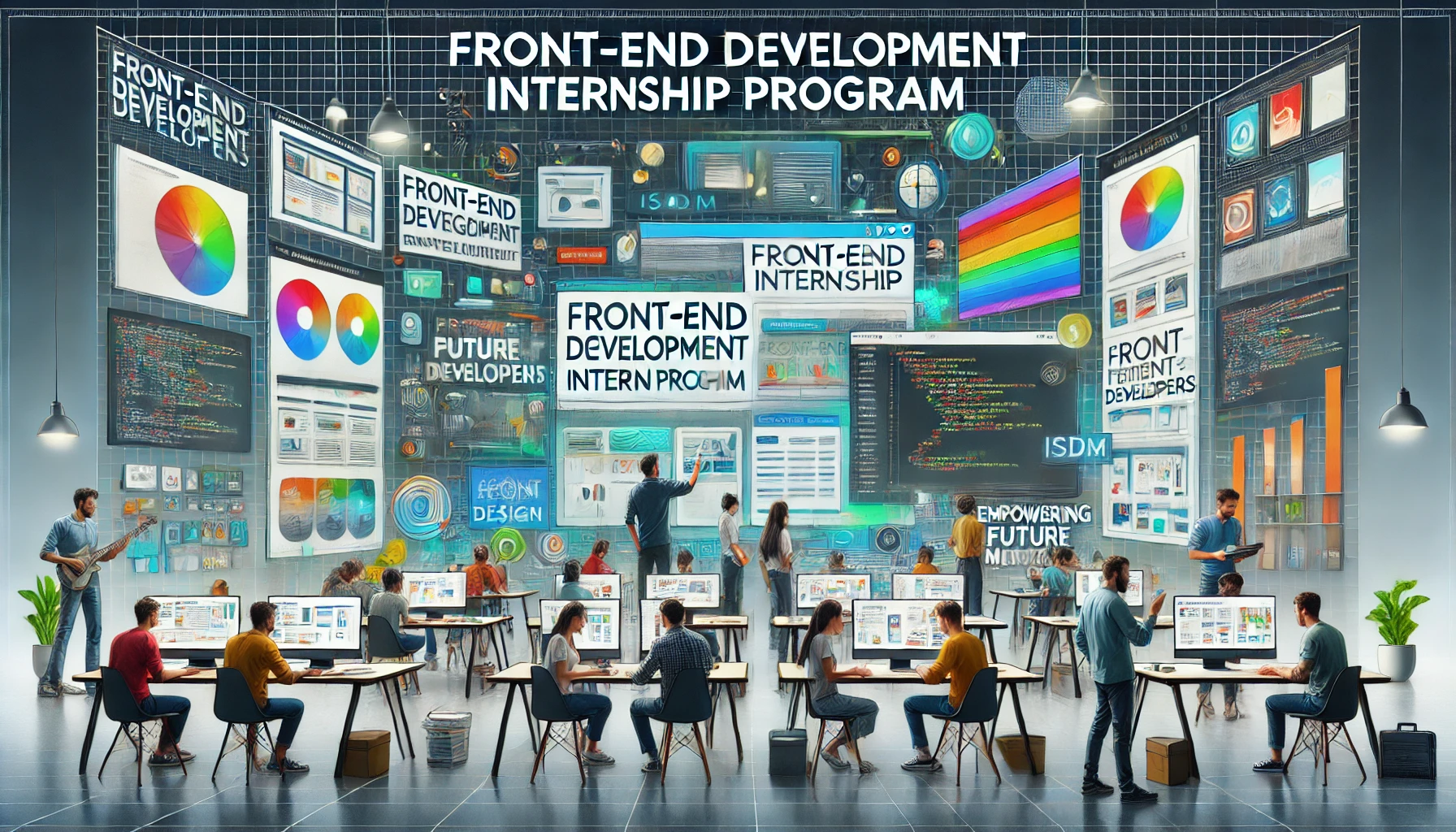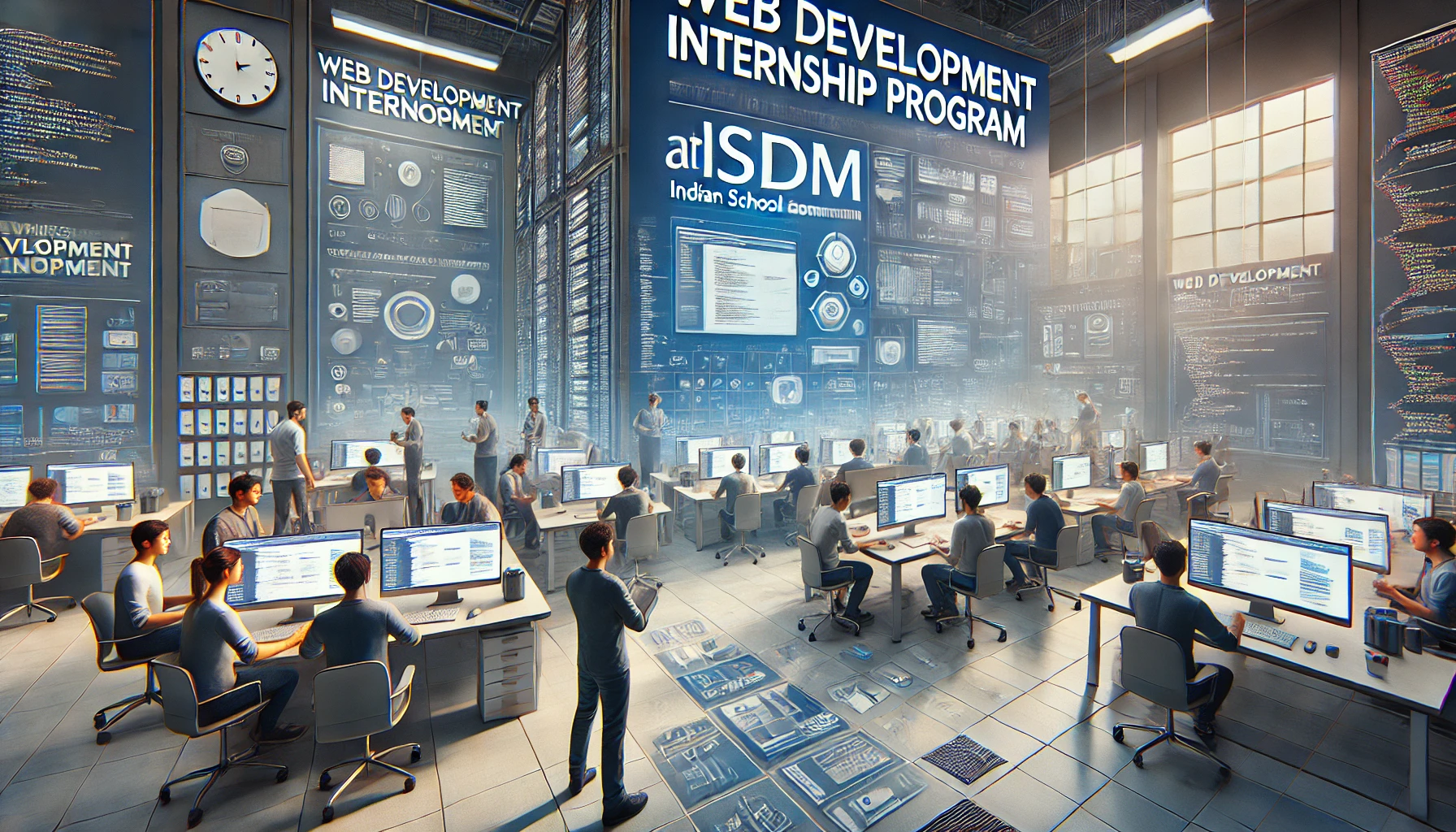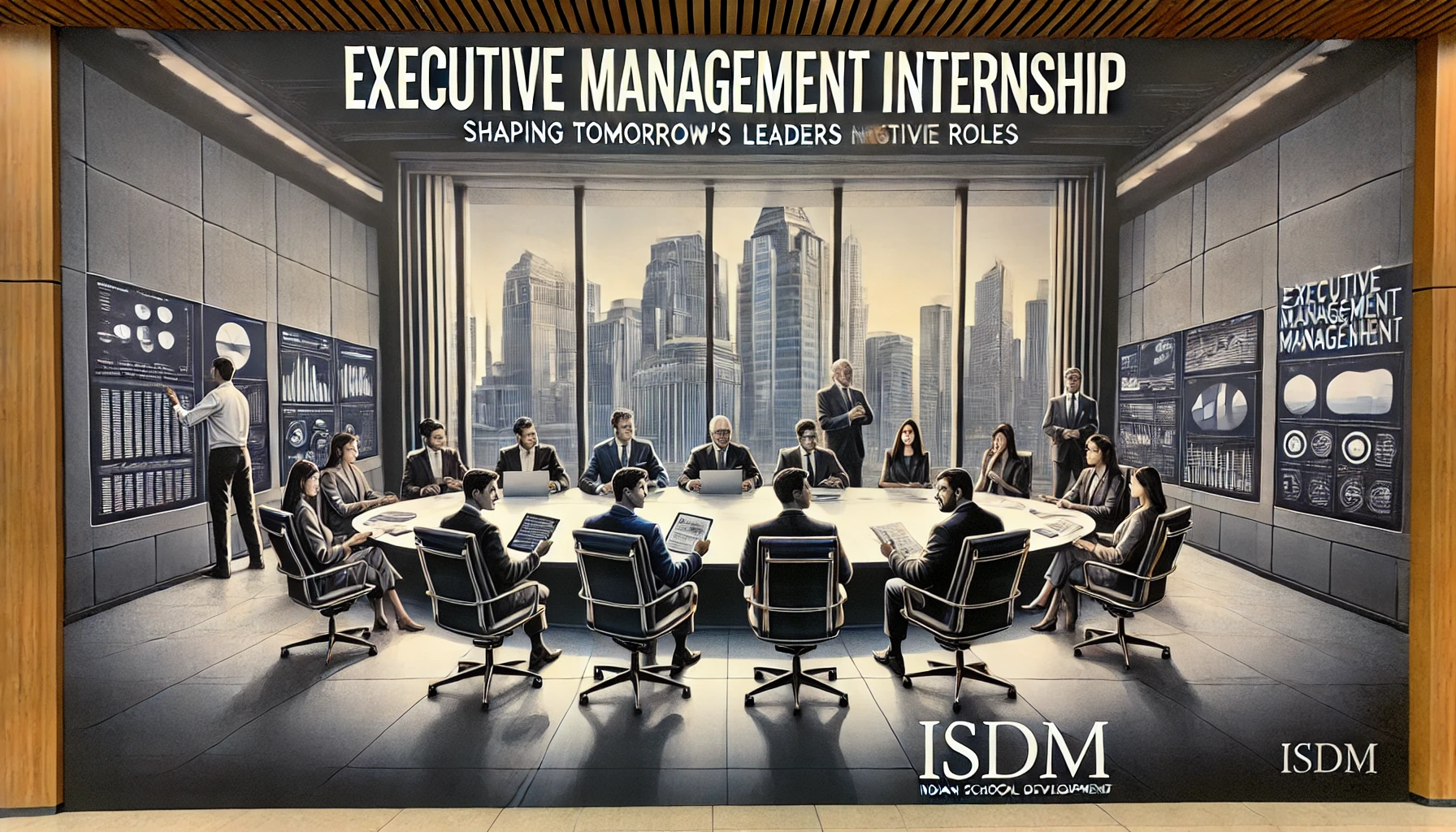Table of Contents
ToggleAdvance Diploma in 3D Animation*
animation course| vfx course| maya animation| 3d animation courses| animation design| vfx and animation course| 2d animation course| animation courses after 12th| animation classes near me| animation in computer graphics| diploma in animation| animation and multimedia courses| animation institute| animation courses near me| bsc in animation and vfx| bsc animation and multimedia| computer graphics and animation| vfx animation course| visual effects course| animation and multimedia| animation study| multimedia animation course| 3d animation classes |
About :Advance Diploma in 3D Animation
An Advanced Diploma in 3D Animation is a comprehensive program designed to provide in-depth knowledge and hands-on skills in the field of three-dimensional animation. This advanced-level diploma typically covers a wide range of topics related to 3D modeling, animation techniques, visual effects, and the production pipeline. Here’s an overview of what you might expect in such a program:
1. Foundations of 3D Animation:
- Introduction to the principles of 3D animation.
- Understanding the basics of modeling, rigging, and animation.
2. 3D Modeling Techniques:
- Advanced techniques for creating 3D models.
- Character modeling, environment modeling, and prop modeling.
3. Character Rigging:
- Rigging principles for characters in 3D animation.
- Creating skeletons and controls for character movement.
4. Advanced Animation Techniques:
- Advanced principles of animation, including timing and weight.
- Character animation for realistic and expressive movement.
5. Visual Effects (VFX) in 3D Animation:
- Integration of visual effects into 3D animations.
- Simulations, particle systems, and other VFX techniques.
6. Lighting and Rendering:
- Techniques for realistic lighting in 3D scenes.
- Rendering processes and optimization.
7. Texturing and Shading:
- Advanced texturing techniques for 3D models.
- Creating realistic materials and surfaces.
8. Advanced Character Animation:
- Advanced techniques for character performance and emotion.
- Lip syncing, facial animation, and body language.
9. 3D Animation Production Pipeline:
- Understanding the complete production process from concept to final output.
- Collaboration with other team members in a production environment.
10. Industry-standard 3D Animation Software: – Proficiency in industry-standard 3D animation software (e.g., Autodesk Maya, Blender). – Exploring advanced features and tools within the software.
11. Motion Capture Integration: – Introduction to motion capture technology. – Integrating motion capture data into 3D animations.
12. Advanced Rendering Techniques: – Advanced rendering techniques for high-quality output. – Exploring different rendering engines and settings.
13. Project-Based Learning: – Hands-on projects applying advanced 3D animation concepts. – Building a portfolio of work to showcase skills.
14. Portfolio Development: – Creating a comprehensive portfolio demonstrating proficiency in 3D animation. – Showcasing a range of projects and styles.
15. Industry Practices and Professional Development: – Understanding industry practices and standards in 3D animation. – Preparing for a career in the 3D animation industry.
16. Emerging Technologies in 3D Animation: – Exploration of emerging technologies impacting the field. – Staying updated on industry trends and innovations.
Advance Diploma in 3D Animation
1. Graphic Design Fundamentals:
- Introduction to graphic design principles.
- Color theory, typography, and layout design.
2. Animation Techniques:
- Advanced animation principles: timing, spacing, squash and stretch.
- Understanding the animation production pipeline.
3. 2D Animation:
- Techniques for 2D animation using industry-standard software.
- Character design and animation principles.
4. 3D Animation:
- Introduction to 3D animation concepts and software.
- 3D modeling, rigging, and animation techniques.
5. Multimedia Authoring:
- Using multimedia authoring tools for interactive content.
- Development of multimedia applications and presentations.
6. Video Editing and Post-Production:
- Advanced video editing techniques using software like Adobe Premiere or Final Cut Pro.
- Post-production processes, special effects, and color grading.
7. Web Design and Development:
- Principles of web design and development.
- Creating multimedia-rich and interactive websites.
8. Interactive Media Design:
- Developing interactive multimedia content for various platforms.
- User interface (UI) and user experience (UX) design principles.
9. Audio Production:
- Basics of audio recording, editing, and mixing.
- Integration of sound and music into multimedia projects.
10. Virtual Reality (VR) and Augmented Reality (AR): – Introduction to VR and AR concepts. – Creating multimedia content for immersive experiences.
11. Motion Graphics and Visual Effects: – Creating dynamic motion graphics for videos and presentations. – Integration of visual effects to enhance multimedia content.
12. Project Management for Multimedia: – Managing multimedia projects from concept to completion. – Collaboration within multimedia production teams.
13. Portfolio Development: – Building a comprehensive portfolio showcasing advanced multimedia and animation projects. – Presentation of individual and group projects.
14. Industry Standards and Best Practices: – Adhering to industry standards in multimedia and animation production. – Best practices in workflow, collaboration, and project delivery.
15. Emerging Technologies in Multimedia: – Exploration of emerging technologies influencing multimedia production. – Integration of cutting-edge tools and techniques.
16. Practical Application and Projects: – Hands-on projects applying learned concepts. – Real-world scenarios, simulations, and practical exercises.
17. Legal and Ethical Considerations: – Understanding legal and ethical aspects of multimedia production. – Compliance with copyright and intellectual property laws.
18. Professional Development: – Preparation for a career in multimedia and animation. – Networking opportunities, career guidance, and industry insights.
Practical / Theory Ratio
Carrer options in :Advance Diploma in 3D Animation
Completing a Diploma in Multimedia Animations can open up various career options in the dynamic and creative field of multimedia and animation. Here are some potential career paths:
2D Animator:
- Create animated content using 2D animation techniques.
- Work on cartoons, commercials, and online content.
3D Animator:
- Specialize in three-dimensional animation for films, games, and virtual reality.
- Use software like Maya, Blender, or 3ds Max.
Graphic Designer:
- Design visual elements for print, web, and multimedia projects.
- Work on branding, advertising, and promotional materials.
Multimedia Developer:
- Develop multimedia content for websites and applications.
- Combine graphics, animation, and interactive elements.
Motion Graphics Designer:
- Create dynamic motion graphics for videos and presentations.
- Utilize animation and visual effects for storytelling.
Video Editor:
- Edit and assemble video footage for various projects.
- Add effects, transitions, and audio elements.
Web Designer:
- Design visually appealing and interactive websites.
- Integrate multimedia elements into web layouts.
UI/UX Designer:
- Focus on user interface and user experience design.
- Create engaging and user-friendly digital interfaces.
Game Animator:
- Work in the gaming industry creating animations for characters and environments.
- Collaborate with game designers and developers.
Interactive Media Designer:
- Develop interactive media content for educational or entertainment purposes.
- Create engaging and immersive experiences.
Digital Marketing Animator:
- Create animated content for digital marketing campaigns.
- Work with marketing teams to enhance visual storytelling.
Storyboard Artist:
- Illustrate and plan the sequence of shots for animations or films.
- Provide a visual guide for the production team.
Educator/Trainer:
- Teach animation and multimedia courses at educational institutions.
- Conduct workshops or training sessions.
Content Creator for Social Media:
- Produce animated content for social media platforms.
- Engage audiences through visually appealing content.
Visual Effects (VFX) Artist:
- Create visual effects for films, TV shows, or advertisements.
- Work on enhancing or altering live-action footage.
E-learning Content Developer:
- Develop animated content for online courses and e-learning platforms.
- Combine multimedia elements for educational purposes.
Digital Illustrator:
- Create digital illustrations for various purposes.
- Work on book covers, magazines, or digital art projects.
Freelance Animator/Designer:
- Work independently on a project basis.
Course Fee : Advance Diploma in 3D Animation
₹ 15,000 – ₹18,000
Find Course Fee
in your City !
More Enquiry
Enter your
Details
Also Read
Internship: Front-End Development Internship Program
Introduction to Front-End Development Internship Program The Front-End Development Internship Program is designed to equip…
Internship: Web Development Internship Program
The Web Development Internship Program is designed to equip students with hands-on experience in building…
Internship: Full Stack Development Internship
Duration: 30 Working Days Includes: Practical Sessions, Live Projects, Certificate and Report Week 1: Introduction…
Internship: Executive Management Internship Program:
Week 1: Foundations of Executive Leadership Day 1: Program Orientation & Introduction to Executive Management…












